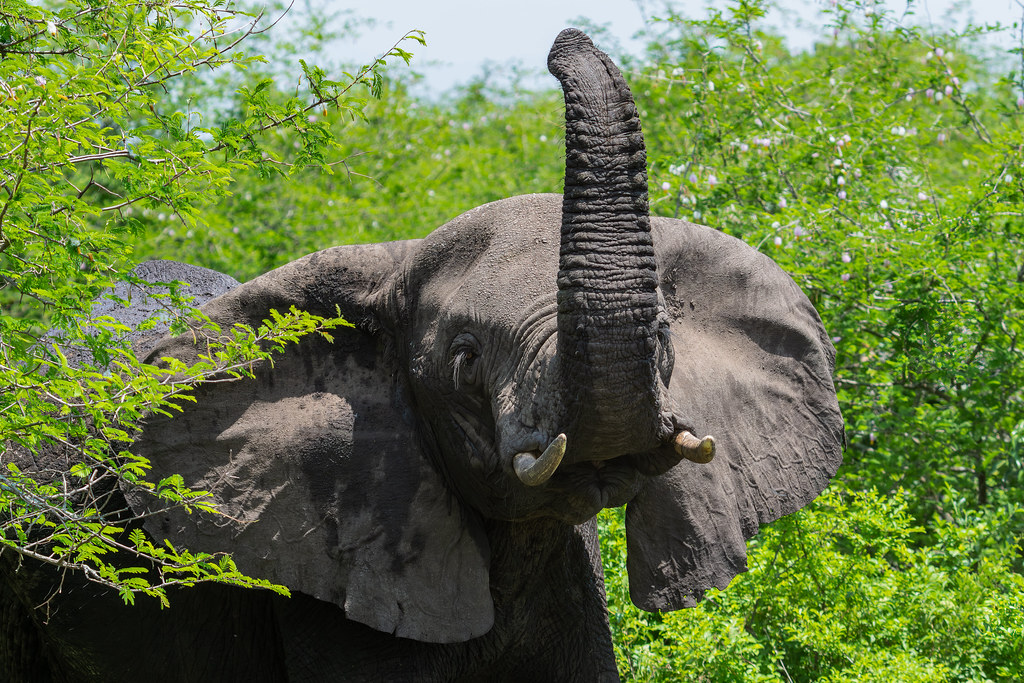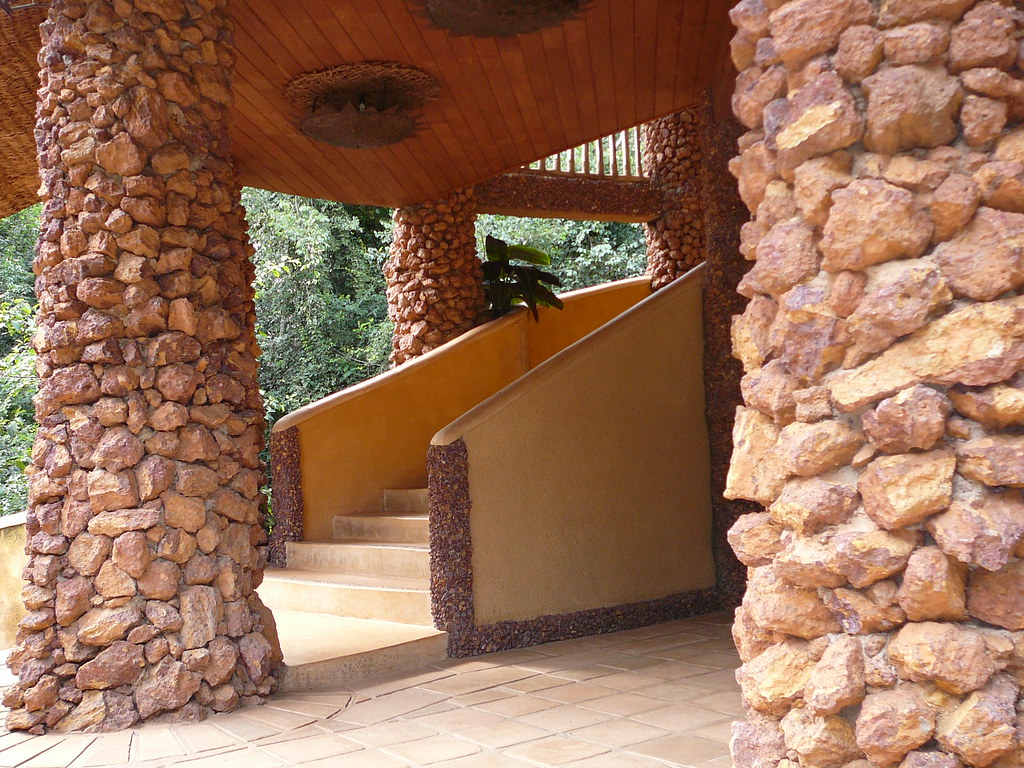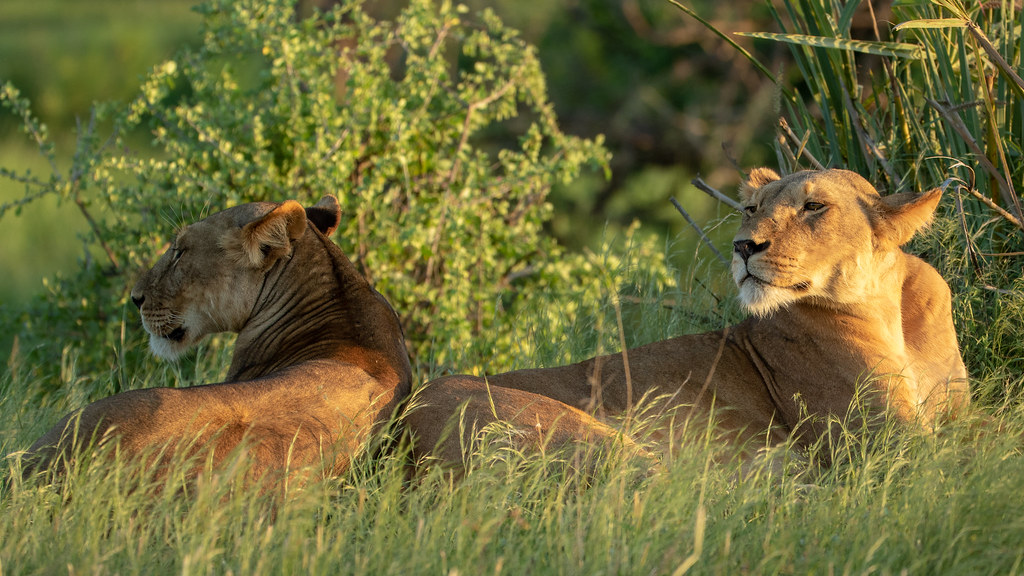
Ecotourism in Uganda
Ecotourism within Ugandan villages
To comprehend ecotourism in Uganda, we must first examine the concept of ecotourism itself. Uganda Eco Tours defines ecotourism as a type of travel that entails visiting natural areas with the aims of learning, studying, or engaging in activities that strive to mitigate the adverse effects of tourism on the environment, while simultaneously safeguarding and empowering local communities to reap the socio-economic benefits associated with tourism.
As per IUCN 1996, ecotourism is characterized as environmentally responsible travel to relatively undisturbed regions, aimed at enjoying and appreciating nature and its associated cultural elements, both historical and contemporary, while promoting conservation, minimizing negative visitor impact, and facilitating active socioeconomic engagement of the local populace.
Ecotourism in Uganda
Uganda boasts numerous eco-tourism hotspots, particularly located within local communities, notably in protected regions such as national parks and other designated tourism sites, which provide significant positive impacts on tourism.
With the advancement of tourism activities such as gorilla trekking, chimpanzee tracking, bird watching, forest and nature walks, and cultural trails, Uganda has made significant progress in what many individuals and scholars may perceive as a transition from traditional tourism to responsible tourism in ecologically sensitive areas. Presently, several eco-tourism programs have been implemented in Uganda, significantly enhancing the welfare of host communities both socially and economically.
 Bigodi Wetland Sanctuary
Bigodi Wetland Sanctuary
Bigodi Wetland Sanctuary is a notable region situated within the Magombe wetland. This region is acknowledged for its vast biodiversity, including several primate species such as the red colobus monkey, baboon, black-and-white colobus monkey, blue monkey, grey-cheeked mangabey, vervet monkey, red-tailed monkey, and L’Hoest monkey. Other mammals, including chimpanzees, Sitatunga, mongooses, bush pigs, otters, and bushbucks, also frequent this marsh from the neighboring Kibale National Park.
The Bigodi Wetland Sanctuary is an oasis for ornithologists. Here, proficient birdwatchers can identify up to fifty new species of birds on a checklist. Currently, 138 avian species have been identified inside the Bigodi Wetland Sanctuary. One of the prominent avian species within the sanctuary is the Great Blue Turaco.
It is situated in the western region of Uganda, specifically in Kamwenge District, adjacent to Kibale Forest National Park, approximately 40 kilometers from Fort Portal City and 350 kilometers from Kampala, the central business district. This initiative falls under the auspices of KAFRED (Kibale Association for Rural and Economic Development), a community-based project dedicated to the comprehensive management and operation of the local community.
This wetland acquired its name from the Rutooro dialect term “Kugodya,” which signifies strolling tirelessly.
Effect of the project on the community
- It has advanced community development by establishing local projects, such as promoting a women’s handicraft shop, which has fostered the growth and development of local women by providing a ready market for their products, including basket weaving, mats, and other related items.
- It has facilitated the supply of education to the community, exemplified by the community schools in Bigodi, which include primary and secondary institutions, as well as a health center that has enhanced the educational and health well-being of the community.
- The sanctuary offers employment opportunities to the local population, necessitating their involvement in decision-making processes related to the sanctuary.
- This group has facilitated the advancement of cultural tourism in the region by orchestrating local traditional marriages and featuring local storytellers who narrate the community’s history, existing circumstances, and future prospects.
Mutanda Ecotourism Initiative
- The largest island, named after the lake, is Mutanda Island. This is obstructed by a local community of the “Abagesera” clan. These cultivate crops, including peas, bananas, and sugarcane. A significant chunk of this island is adorned with trees and bushes. A church is situated on the island, and local worshippers from the mainland canoe to this island to participate in services at the church.
- This lake contains two islands known as Punishment Islands, where criminals and societal outcasts were exiled as a form of punishment. Particularly, unmarried pregnant women, the elderly without caregivers, criminals such as thieves, and marginalized individuals from the region would be bound and sent to these islands, where they would be abandoned to perish. Individuals would be murdered and discarded on these islands. Skeletal remains are discovered in caves on the islands. The natives fear these two islands, and no one approaches them due to the idea that they are haunted by spirits of the deceased.
- The Lake Mutanda Eco-Tourism Program is executed by MCDO in collaboration with The Intrepid Foundation. The primary objective of the project is to transform the Mutanda Eco Community Centre into a midrange ecotourism resort. Enhancing infrastructures such as cabins, kitchens, and camping areas will significantly augment the economic feasibility of the lodge. Mutanda Eco Community Centre is conveniently situated approximately 6 kilometers from Kisoro town and a short distance from both Mgahinga Gorilla National Park and Bwindi National Park.
Tasks
- Student visits to Mgahinga and Bwindi Gorilla National Parks, and/or Queen Elizabeth National Park to enhance understanding of wildlife conservation.
- Advocating for community-level reforestation by establishing tree nursery beds and planting indigenous flora to alleviate the detrimental impacts of climate change.
- Students and their families are aware of the impact of waste management on the enhancement of sanitation and hygiene.
- Facilitate seminars to enhance students’ understanding of Ugandan wildlife, particularly focusing on endangered species such as the mountain gorillas. Alongside the aforementioned activities, workshops and events will be organized to educate local people on essential environmental concepts, hence enhancing the conservation education and awareness acquired by school pupils through this initiative.
Advantages of the initiative for the community
- The Mutanda eco-tourism initiative has fostered the expansion of eco-tourism in the region, enabling the local community to reap benefits through the establishment of women’s groups, including project initiatives and dance ensembles in Mutanda.
- It has also improved the market opportunities for local community items, particularly for the basket weaving initiative.
Offering work opportunities to local community people, particularly canoe riders on Lake Mutanda to Sin Island in Kanyangusho. - In addition to the aforementioned places, Uganda offers a plethora of eco-tourism activities on a broad scale, which you may likely experience during your gorilla trekking safari in the country. You will observe various community-based tourism initiatives implemented in Uganda, including the Batwa Community in Mgahinga.
Community-based tourism fosters a robust connection between tourists and host communities, particularly in the context of realizing the advantages of ecotourism. This synergy has contributed to the conservation of various tourism products and destinations in Uganda, including the Bomu Women Group and the Katwe Kabatooro Women Project, among others. This has created additional opportunities for the community through the establishment of homestays, which frequently encourage cultural tourism as guests gain insights into the lifestyles and behaviors of the local populace.
Ecotourism in Uganda
The Homestays feature the Ishanyu homestead, situated only a few kilometers from Mbarara city. It is perched on a hill, offering picturesque views of significant neighboring locations, including Lake Mburo National Park, and is ideally positioned along the roadway to Fort Portal and Queen Elizabeth National Park.
Ishanyu, meaning bliss, is a family farm of pastoralists that exemplifies the harmonious integration of modernity and tradition. Although numerous farmers have transitioned from traditional to exotic livestock, Ishanyu continues to emphasize the Ankole cattle practices, which have been upheld by the Bahima for 700 years.
Below are few typical experiential activities.
- Milking of cows.
- Prepare and sample ghee and traditional yogurt.
- Sample milk or yogurt (amakamo) contained in polished black wooden milk vessels.
- Sanitize conventional milk vessels (ebyanzi)
- Textile weaving and beadwork
In conclusion, Uganda is endowed with numerous ecotourism sites that foster the advancement of sustainable tourism in key regions. This initiative mitigates the adverse effects of tourism on both destinations and host communities, creating a mutually beneficial scenario while promoting green tourism for the benefit of future generations.


